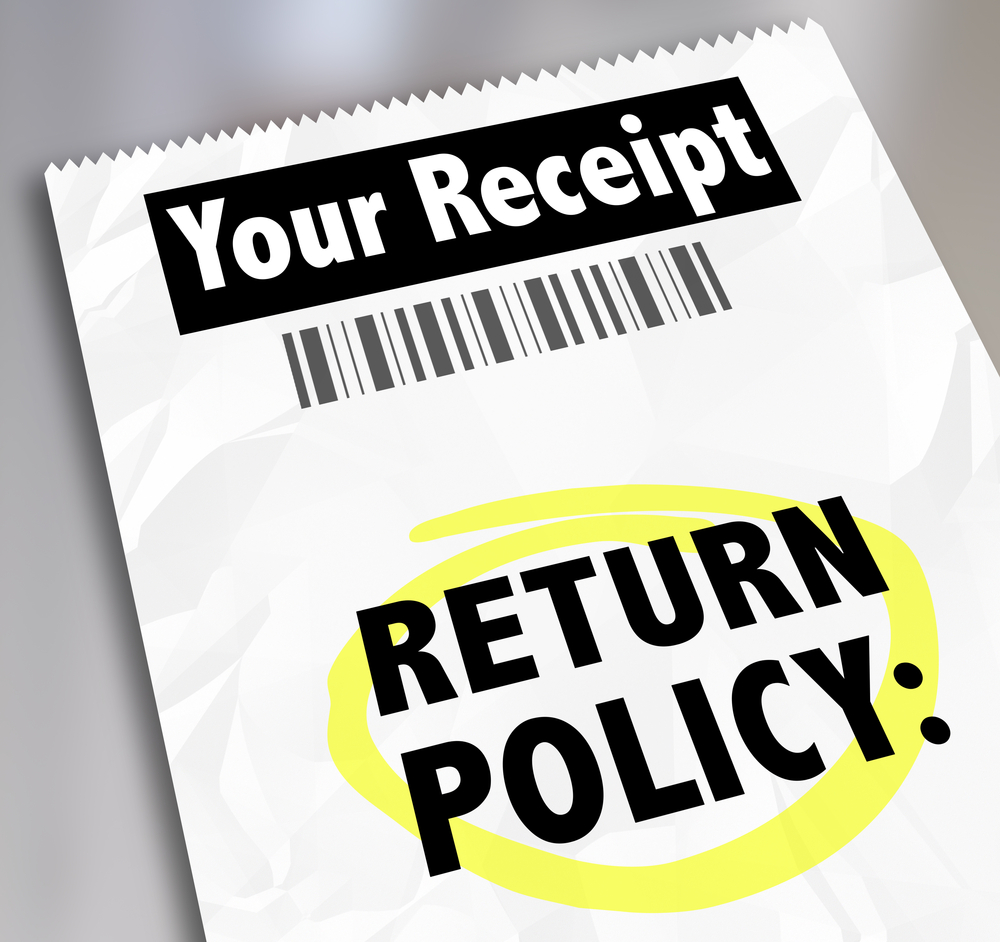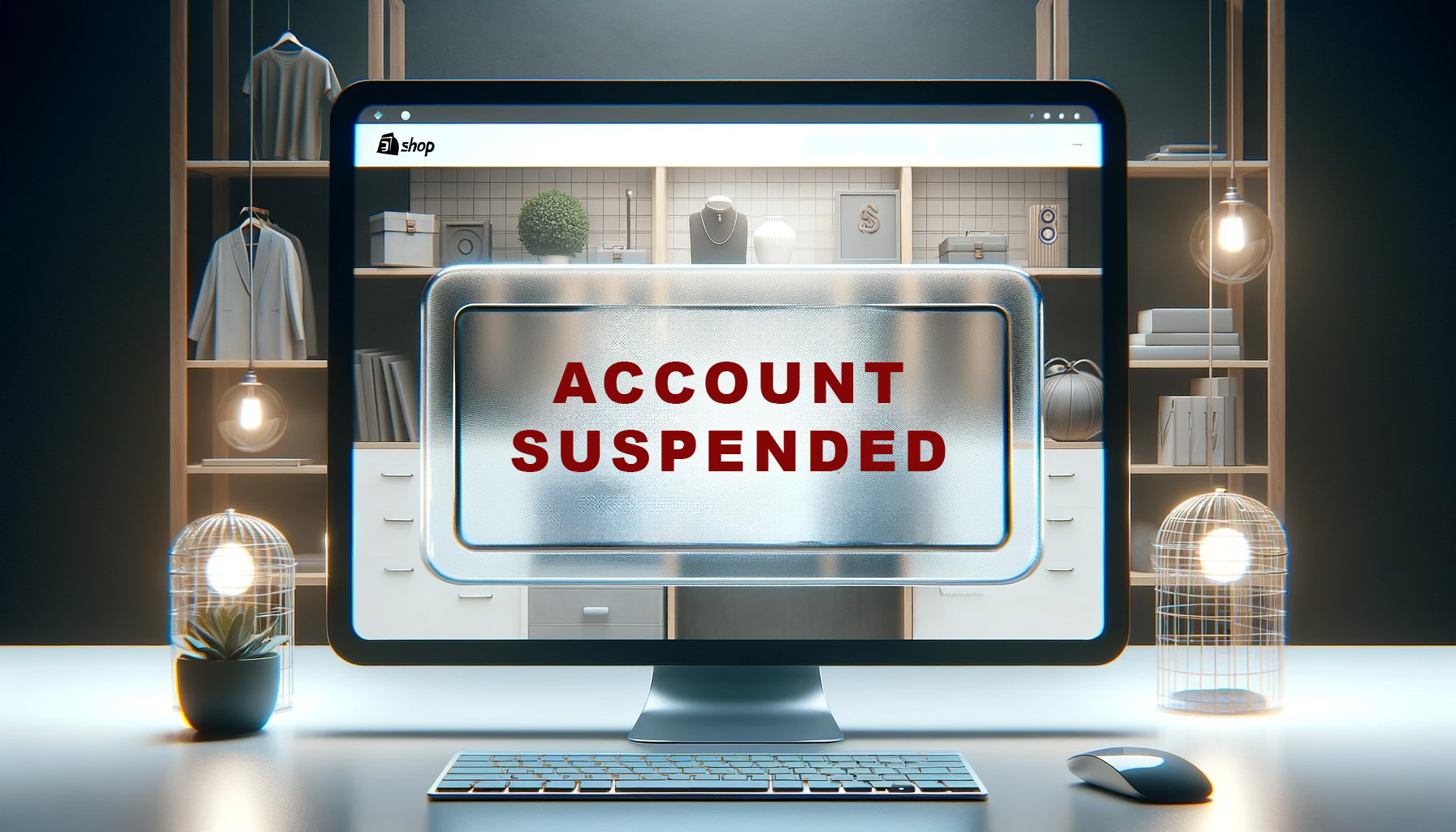
Boost Sales with a Strong Return Policy for Your Auto Parts Business
May 24, 2023 4 minutes
Navigating the world of ecommerce can be a thrilling ride, especially when you’re dealing with the intricacies of auto parts. From the joy of connecting a customer with that hard-to-find piece to the satisfaction of seeing your products help bring a vehicle back to life, there’s no shortage of rewarding moments.
However, one area that often poses a unique set of challenges is managing online returns and refunds.
Handling returns and issuing refunds is an integral part of the ecommerce business. It’s also a touchy subject – a make-or-break point that can determine the overall customer experience. Given the complex nature of auto parts – varying specifications, compatibility issues, the potential for customer errors – the return process can seem daunting both for the seller and the buyer.
In this blog post, we’ll dive deep into the best business practices for handling returns and refunds in the auto parts ecommerce space. So buckle up as we gear up to make the return journey a smooth and efficient drive for your business.
The Nature of Auto Parts Returns
One of the first steps to mastering return and refund management is to understand why returns happen in the first place. When it comes to car parts, returns can be slightly more complex than in other sectors, thanks to a range of unique factors.
Firstly, the wrong part being ordered is a common issue. The world of auto parts is vast, with each make and model requiring specific components. Despite the best efforts of customers and the most detailed product descriptions, mix-ups can happen. This scenario is particularly common when customers are not car experts and are simply trying to find a fix for their vehicle.
Secondly, there’s the issue of damaged goods. While every seller strives to ensure their parts reach the customer in perfect condition, accidents happen in transit. Whether it’s a small cosmetic scratch or a significant damage rendering the part unusable, such incidents often lead to a return request.
Then there are customer errors. They might realize they no longer need it or, in some cases, even attempt to install the part incorrectly, damaging it in the process and then deciding to return it.
And let’s not forget compatibility issues. Even when a part is technically right for the make and model, it may not work perfectly with the customer’s particular vehicle due to some aftermarket modifications, or differences in versions and releases.
Understanding these reasons for returns is crucial as it helps in crafting a return and refund policy that covers these scenarios and offers clear guidelines for both the business and the customer. It also assists in identifying areas for improvement, such as enhancing product descriptions or improving packaging to prevent damage during shipping.
How to Create a Clear and Detailed Return Policy
A well-crafted return policy serves as a roadmap for both your business and your customers. It sets expectations, defines the process, and provides a sense of security that builds customer trust.
For auto parts sellers, it’s crucial to detail your return policy thoroughly to cover the specific scenarios that this industry encounters.
Time Frame
First and foremost, establish the time frame within which returns are acceptable. Whether it’s 30 days of purchase, 60 business days from the date of purchase, or another time limit that suits your business model, it’s crucial to clearly state this window in your policy.
Condition of the Item
Clearly define what conditions the returned items must meet. For example, can opened but unused items be returned? What about items that the customer attempted to install but couldn’t? How about items that arrived damaged? Detailing these conditions helps prevent misunderstandings and potential disputes.
Return Shipping
Another critical point to address is who bears the cost of ecommerce return shipping. In some cases, businesses cover return shipping costs, while in others, it falls on the customer. You might also consider a mixed approach, for example, covering free return shipping for defective items but not for customer errors.
Refund Method
Specify how you’ll issue refunds. Will you offer full refunds or just partial? Will it be to the original payment method, or will you offer store credit? Or perhaps a mixture of both depending on the situation? Make it clear to avoid confusion later.
Restocking Fee
Some sellers choose to include a restocking fee to offset the cost of processing returns, especially for large or heavy items like auto parts. If you choose to use a restocking fee, state this in your policy, including the conditions under which it applies and how much it will be.
Remember, a clear return policy template isn’t just about protecting your business. It’s also about providing excellent customer service. Make your policy easily accessible—include it in multiple places on your website, such as the footer, during the checkout process, and on the product pages.
Returns throwing off your chargeback ratio? We can help
Effective Communication about Returns and Refunds
Effective communication is the backbone of a seamless return process. It provides transparency, manages expectations, and assures your customers that you’re responsive and reliable. Let’s explore how you can bolster communication regarding returns and refunds in your auto parts ecommerce store.
1. Proactive Updates: When a customer initiates a return, it’s essential to provide updates throughout the process. Inform them when you’ve received the returned item, when you’ve processed the return, and when they can expect their refund. This helps alleviate any potential worries and illustrates that you’re actively managing their return.
2. Automated Notifications: Utilize automated emails or SMS notifications to send updates. These can be triggered at each stage of the return process and include additional information, such as tracking numbers for the refund process or confirmations of receipt for the returned goods.
3. Accessible Customer Service: Make sure your customer service is easily accessible and responsive. This means having clear contact information, quick response times, and well-trained representatives who can handle inquiries and issues related to returns.
4. Clarification on Policy: While you’ve made your return policy clear and accessible, not all customers will read it thoroughly. Therefore, it’s important to be ready to clarify the policy, guide them through the process, and answer any questions they may have.
5. Post-Return Follow-ups: After a return has been processed, a follow-up message can go a long way in turning a potentially negative experience into a positive one. A simple note thanking them for their patience during the return process, or asking if they need help finding a different item can significantly boost customer satisfaction.
Remember, communication is a two-way street. Always be open to feedback from your customers regarding the return process. Their direct experiences can give you valuable insights into how to make the process smoother and more efficient.
Streamlining the Return Process
When it comes to returns, simplicity and efficiency are key. A streamlined process not only reduces the workload for your business, but also makes the return experience more pleasant for your customers. Here are some strategies to consider:
1. Pre-Printed Return Labels: Consider including pre-printed return shipping labels with your shipments. This saves your customers the hassle of having to print their own and provides them with all the correct shipping information they need. If you’re concerned about cost, you could use pay-on-use labels, which only charge you if and when the label is used.
2. Multiple Return Methods: Offering more than one method to return items gives your customers flexibility. Depending on your business model and capabilities, this might include return by mail, in-store returns if you have physical locations, or even collection services for larger items.
3. Fast Processing of Returns: Once a return arrives at your warehouse or store, aim to process it as quickly as possible. The faster a return is processed, the sooner your customer gets their refund or replacement, which contributes to overall satisfaction.
4. Easy Tracking of Returns: Provide a system for customers to easily track the status of their returns. This could be through automated emails or SMS updates, or a section on your website where customers can log in to see the status of their returns and refunds.
5. Transparent Refund Timeline: Be clear about how long refunds typically take to process once a return has been received. This helps manage customer expectations and prevents unnecessary inquiries or complaints.
Remember, your goal is to make the return process as hassle-free as possible. Every step you can eliminate or simplify will be appreciated by your customers and could be a deciding factor for them when choosing where to shop for auto parts in the future.
How to Leverage Technology for Returns Management
In our digital age, technology plays a pivotal role in enhancing the efficiency and effectiveness of managing returns. By automating some processes, you can not only save time and reduce errors, but also provide a better experience for your customers. Here’s how:
Return Management Systems (RMS)
These are software solutions specifically designed to handle returns. They can automate much of the return process, from generating return labels and tracking packages, to processing refunds. Using an RMS can free up time for your team to focus on other aspects of your business.
Integrated Ecommerce Platforms
If you’re using an ecommerce platform, many have built-in or add-on features for handling returns. These can help manage and streamline your return process within the same system you use for managing sales.
Artificial Intelligence (AI)
AI can be used to automate customer communication regarding returns. For instance, chatbots can answer common questions about returns 24/7, providing immediate answers to customer inquiries and freeing up time for your customer service team.
Data Analytics
Use data to understand your returns better. Analyze return reasons, times, and rates to identify trends and areas for improvement. You might find that certain products have a higher return rate, or that returns spike during specific times of the year. These insights can guide you in making improvements to your products, processes, or policies.
Customer Relationship Management (CRM) Software
A CRM can be a valuable tool for managing customer communication related to returns. It can keep track of return requests, customer communication, and return status updates, ensuring nothing falls through the cracks.
Embracing technology in your return management can significantly enhance efficiency and customer satisfaction. Remember, the investment in these technologies can pay off in the long run through reduced labor, fewer errors, and improved customer loyalty.
Auto parts is a high-risk industry! You need high-risk processing—get it here
Handling Fraudulent Returns and Abuse
While the majority of your customers are likely honest and well-intentioned, every retailer must face the reality of fraudulent returns and abuse. In the automotive parts industry, this can take various forms, such as returning a different item than was purchased, returning an item after it has been used (also known as ‘wardrobing’), or even deliberate damage to an item to claim it was received in that condition.
Here are some strategies to detect and prevent fraudulent returns:
1. Strict Adherence to Return Policy: Consistently following your return policy is one of the most effective ways to deter fraud. Make exceptions sparingly and with good reason, as frequent exceptions can encourage abuse.
2. Detailed Product Records: Keep detailed records of the items you sell, including part numbers or unique identifiers and warranties. This will allow you to verify the authenticity of a product when it’s returned and confirm it’s the same item you sold.
3. Inspect Returns Carefully: Train your team to thoroughly inspect returned items. Look for signs of use, damage that doesn’t match the customer’s description, or missing parts.
4. Use of Technology: Use RMS and AI to track customer behavior patterns. While most returns are legitimate, if you notice a customer frequently returning items, it might be a red flag.
5. Clear Communication: If you detect fraudulent behavior, communicate with the customer directly and clearly. It’s possible there’s a misunderstanding that can be resolved amicably. If the behavior persists, you may have to refuse future sales to that customer.
While handling fraudulent returns can be challenging, a solid strategy can help mitigate these risks and ensure your return policy is fair for both you and your customers.
Making Returns a Customer Service Opportunity
While returns may initially seem like a setback, they offer a unique opportunity to impress your customers and build loyalty. A positive return experience can turn a one-time customer into a lifelong advocate for your brand. Here’s how you can leverage returns as a customer service opportunity:
1. Exceptional Customer Support: Exceptional customer support can make a big difference in a return situation. Being understanding, helpful, and prompt in your communication can turn a potentially negative experience into a positive one.
2. Swift and Efficient Process: Swiftly processing returns and issuing refunds shows respect for your customer’s time and money. It also demonstrates your commitment to their satisfaction, even when they’re not making a purchase.
3. Offering Assistance: When a customer returns an item because it wasn’t right for their needs, offer assistance in finding the correct item. This not only potentially recovers the sale, but it shows your dedication to helping them solve their problem.
4. Asking for Feedback: Ask for feedback on why the item was returned and how the return process was for them. This shows that you value their opinion and are always looking to improve.
5. Following Up: After a return, follow up with the customer to make sure they were satisfied with the return process. This can help identify any remaining issues and provides an opportunity to leave a lasting positive impression.
Every touchpoint with a customer, including returns, is an opportunity to build a relationship. Even though they’re returning an item, a positive experience can make them more likely to purchase from you again in the future.
The Oil That Makes Your Auto Parts Business Run Smoothly
Navigating returns and refunds in the auto parts ecommerce space is not without its challenges, but with a solid understanding, a detailed policy, and a customer-centric approach, it’s an aspect of your business that can lead to higher customer retention rates and long-term success.
Yet, one aspect of your business as an online retailer that needs careful consideration is your payment process. As an auto parts seller, you might have encountered difficulties securing a reliable credit card payment processor due to the industry’s classification as ‘high-risk’. High-risk industries often face higher fees, more chargebacks, and sometimes struggle with keeping their merchant accounts open.
That’s where DirectPayNet comes in. We specialize in high-risk merchant accounts, offering tailored solutions that cater to the specific needs and challenges of businesses like yours. With our expertise, we’ll guide you through the setup process, ensure you have a stable and secure payment processing solution, and provide ongoing support to help you manage and grow your online auto parts store.
Take the guesswork and stress out of your payment processing. Contact DirectPayNet today and let’s build a better future for your online auto parts business, together.




